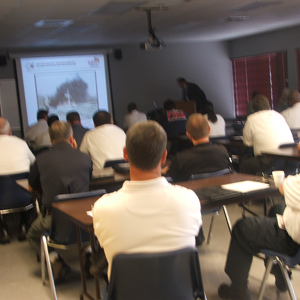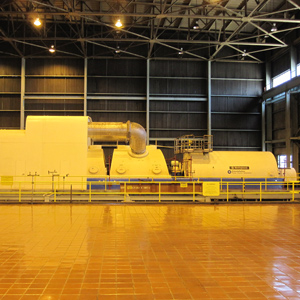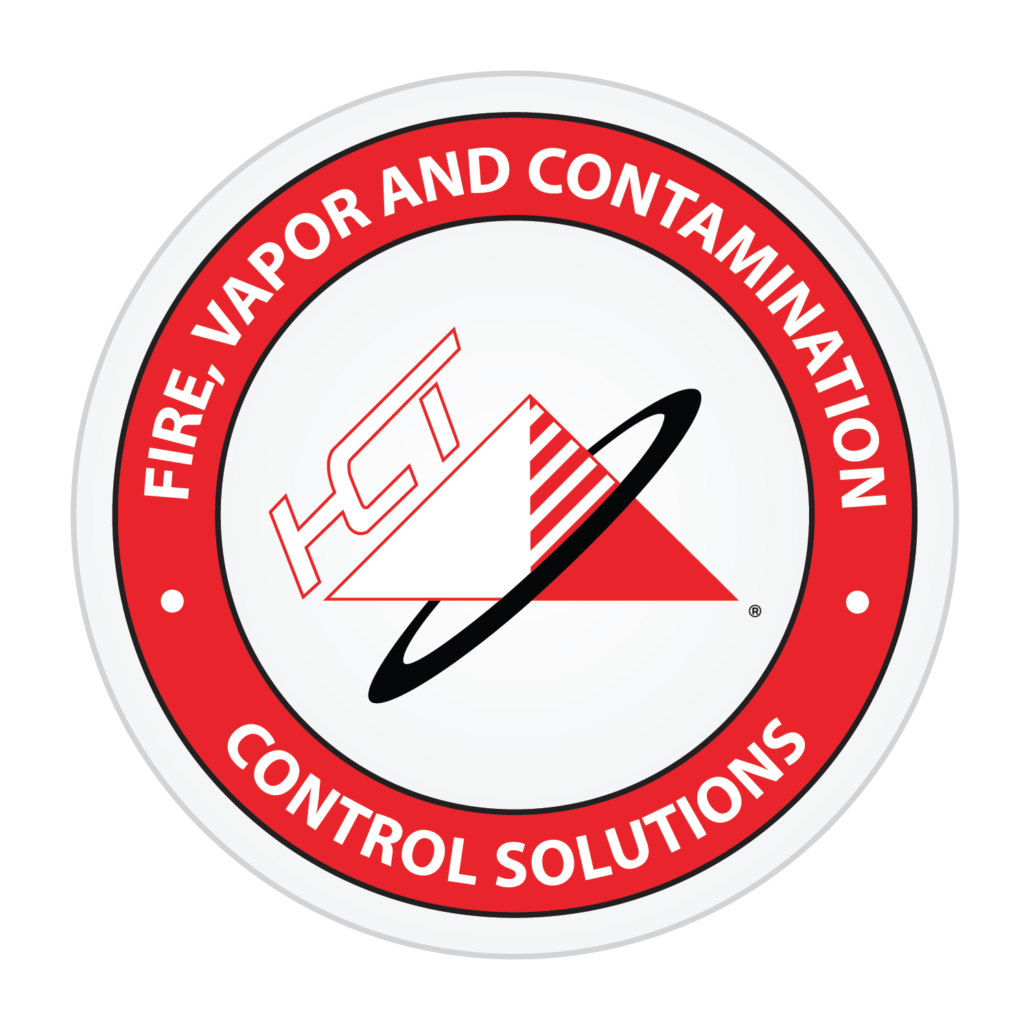Power Plant Hazard Awareness Training
Hazard Awareness Training is presented at your facility and customized to address your needs. This course is recommended for a broad range of plant personnel including operations, management and employees working around transformers, turbines and the entire coal handling system. The course is designed so management can arrange to have certain employees attend pertinent sections of the course. The training covers all aspects of power plant fire and explosion hazards and offers best practice solutions to deal with them. Employees will learn all about sub-bituminous coal and why it presents a hazard. Solutions in coal handling will include coal dust management and other recommendations to reduce the potential of spontaneous combustion. Employees will learn to recognize warning signs and to report them. The course also teaches industry best practices to extinguish hot spots in silos, bunkers and stockpiles. An actual piercing rod demonstration can be included.
- Coal handling hazard awareness
- Fire hazards – Turbines, transformers, boiler fronts
Typical Course Length: 5 hours (1 additional hour for optional piercing rod demonstration)



